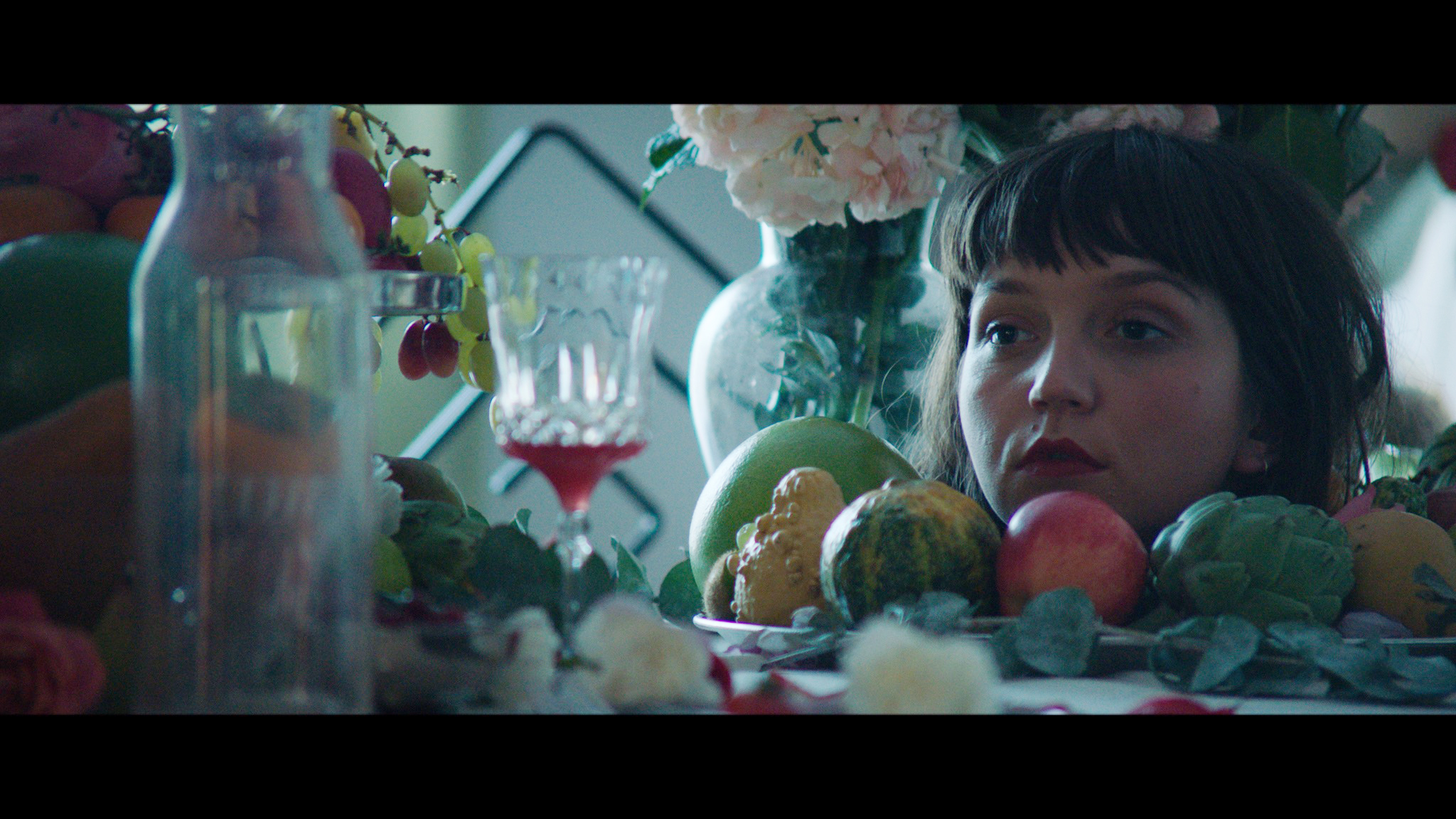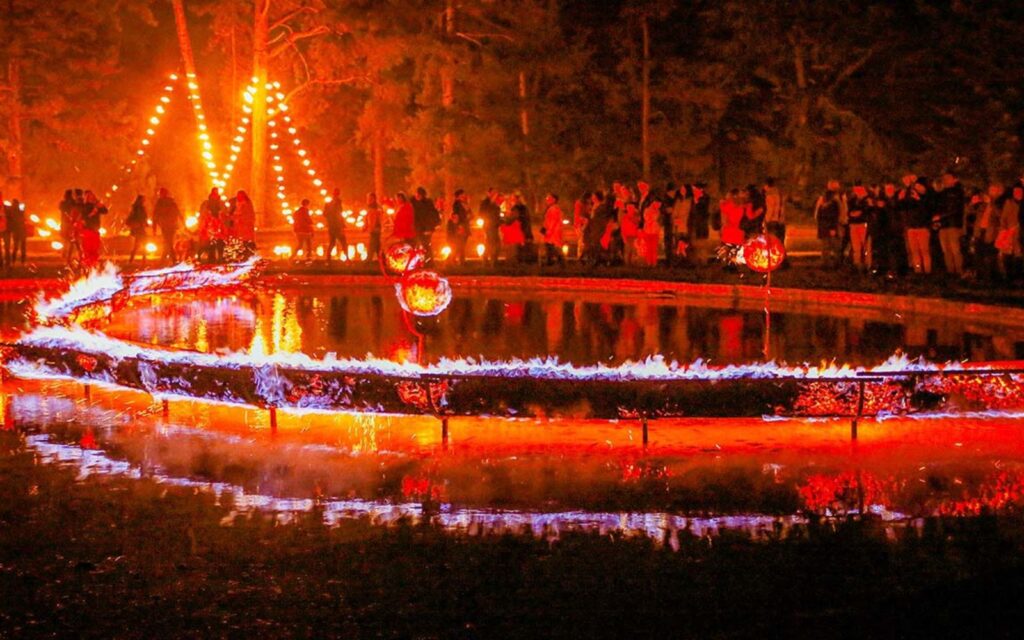Picturing Footscray is an open-entry photography prize that focuses on Melbourne’s unique inner-western suburb of Footscray. Established in 2016, the award gives away a total of $5,000 in prize money, with first place taking home $3,000, second scoring $1,000, and third $500. The remaining $500 goes to the winner of the People’s Choice Award.
“What I’m looking for is an image that captures the conflicting aesthetics of Footscray with its old areas that haven’t changed since the 1940s – when there was a huge influx of mostly Mediterranean immigrants after World War II – with the ultra new aspects like the train station,” explains judge Jesse Marlow, a professional photographer with 19 years industry experience. He specialises in candid photography.
The previous winner of Picturing Footscray was Christian Lukasik, who entered an image shot from over the shoulder of a vendor at Footscray Market during a peak time, focusing on the faces of five shoppers.
Marlow further stipulates what he is looking for with specific reference to the two styles of photography relevant to the award. “Candid photography is what I specialize in and that is literally just wandering around the streets or wherever and capturing what you find interesting or have a hunch that maybe there is something in there and take the shot anyway – there is no setup.
“Documentary style can also capture what I am looking for,” Marlow says. Documentary style differs from candid in that it’s about a specific subject, but as it naturally occurs in its environment.
Professionally, Marlow is a regular contributor to The Australian Financial Review and shot the February edition cover of the late Ron Walker. The story was about the philanthropist’s final gift to Australians. After being diagnosed with cancer, he was successful in campaigning the Australian government to put the costly drug Keytruda on the Pharmaceutical Benefits Scheme (PBS).
The manifestation of candid photography for such a formal publication was that Marlow captured a relaxed Walker smiling gently as he sat on a stool. This image seemed to speak volumes of a man who despite his pomp and bluster in closing such big deals as The Grand Prix, was a gentle soul trying to do the best for his community.
However, it’s when Marlow speaks of two images from his 2014 book Don’t Just Show Them, Tell Them that the photographer gives his best advice to aspiring winners of Picturing Footscray.
One picture depicts five tradesmen walking casually in a line, in bright yellow hi-vis shirts, cocking their right arms up into a flamingo-like twist. “That was when I was shooting around Melbourne construction sites for an article of ‘hi-vis workwear’ and I had been shooting this one site for a while so I am pretty sure the workers had cottoned on to me and that’s why they lifted their arms up as they walked past.”
The second image is of the lower section of a badly broken front window at a travel agency in Footscray, with an off-balance, Korean Air plane model visible inside. “I was just out roaming the streets one morning and came across that broken window,” Marlow says, before countering the obvious enquiry, “Of course I didn’t break it. But yeah, the broader allegory to the conflict on the Korean Peninsula is what elevates it from an interesting photo to one worthwhile for display.”
“That’s what I am looking for in the competition, a photo that says something about Footscray both new and old, but it doesn’t immediately hit you, the image doesn’t immediately reveal its story. And this is as much about composition as it is about how expensive your camera is.”







